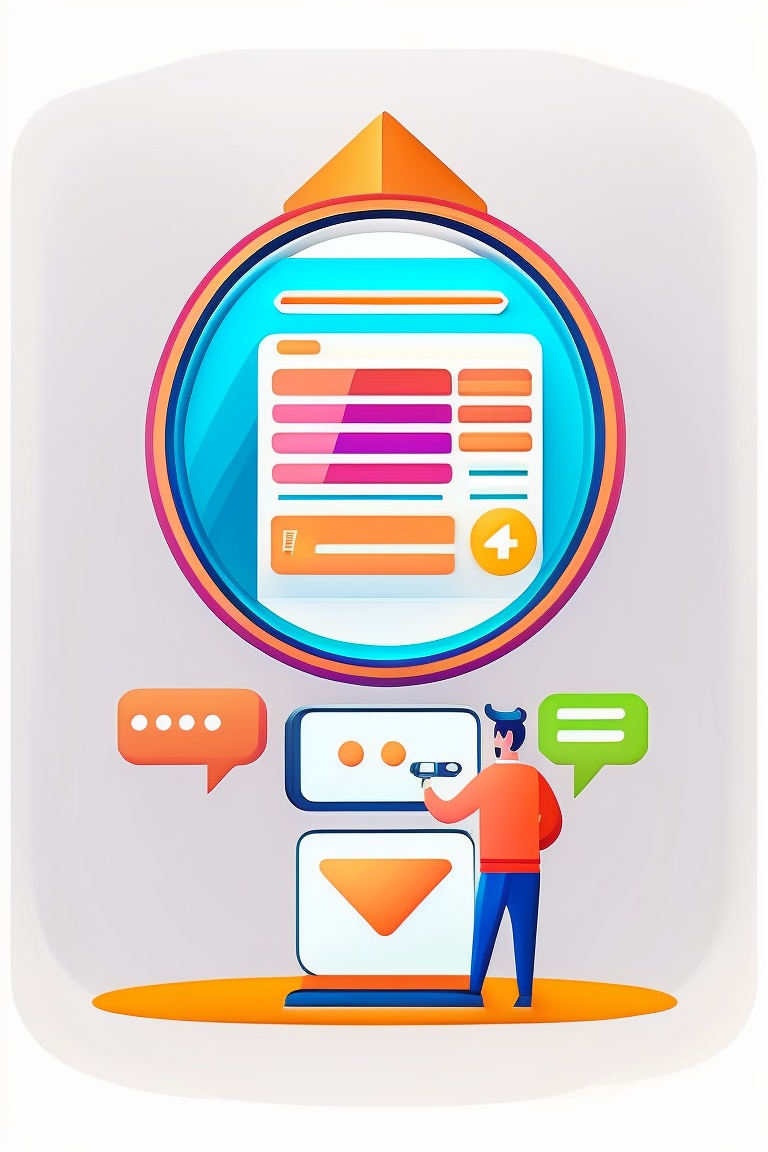Video APIs are powerful tools that enable developers and businesses to automate the process of video creation, editing, hosting, and delivery. In this article, we will explore the different types of video APIs and how they can revolutionize video creation and marketing.
What is a Video API?

A Video API is a nifty tool that lets computer programs talk to each other. This makes it possible for developers to add video features to their websites, apps, and other digital projects.
With Video APIs, developers have the power to create personalized video workflows and streamline all sorts of video-related tasks. They can automate video hosting, transcoding, delivery, editing, and transcribing with ease.

SaaS companies that specialize in videos offer their own Video APIs to developers. This helps them to seamlessly integrate their full range of video services into their projects.
With Video APIs, you can easily automate all your video tasks. From creating and editing videos to hosting, transcoding, and streaming, Video APIs have got you covered.
Why use a Video API?
Using Video APIs offers several benefits including reduced development time, simplified tech stack, improved product as APIs evolve, and access to the best competitive solution.

By using Video APIs, you can save time and resources by leveraging pre-built video functionalities, rather than building everything from scratch. This reduces the development time and speeds up the time-to-market for your product.
Additionally, Video APIs simplify your tech stack by providing a single point of integration for video-related functionalities. This eliminates the need to manage multiple integrations, thereby reducing complexity and maintenance overheads.
Using a Video API also ensures that your product stays up-to-date with the latest video trends and features, as APIs evolve and add new functionalities. This means you can constantly improve your product and stay ahead of the competition.
Finally, using a Video API gives you access to the best competitive solution, as you can choose from a wide range of APIs that offer different functionalities, pricing models, and support options. This allows you to pick the one that best fits your product requirements and budget.
Types of Video APIs
There are several different types of video APIs that are available in the market, each with its own unique features and capabilities. Here are some of the most common types of video APIs:
- Video Hosting APIs - These APIs provide cloud-based storage and hosting for video files. Some of the popular video hosting APIs include Vimeo, YouTube, and Wistia.
- Video Transcoding APIs - These APIs enable developers to convert videos from one format to another. Transcoding APIs are used to ensure that videos can be played across different devices and browsers. Some of the popular transcoding APIs include Amazon Elastic Transcoder, Zencoder, and Bitmovin.
- Video Delivery APIs - These APIs provide Content Delivery Network (CDN) services, which enable developers to stream videos across the internet at high speeds. Some of the popular video delivery APIs include Amazon CloudFront, Akamai, and Fastly.
- Video Editing APIs - These APIs provide editing tools and features that enable developers to create custom video workflows. Some of the popular video editing APIs include JSON2Video, Ziggeo, and Kaltura.
- Video Transcription APIs - These APIs provide automatic transcription services, which enable developers to transcribe videos into text format. Some of the popular video transcription APIs include Watson Speech to Text, Google Cloud Speech-to-Text, and Rev Caption API.
- Video Streaming APIs - These APIs enable real-time video streaming, allowing you to broadcast live events and streams to viewers around the world. Examples include Livestream API and Vimeo Live API.

Considerations implementing Video APIs
Selecting the right video API requires a careful consideration of the documentation, authentication, and potential issues that may arise during the implementation process.
API documentation
API documentation is crucial for implementing video APIs effectively and must be an important key point when selecting the right video API. Documentation provides developers with the information they need to understand the API's functionality, endpoints, and expected response format. The use of standardized documentation frameworks like OpenAPI 3 and solutions like Swagger can simplify the documentation process and make it easier for developers to understand and implement video APIs.
Authentication
Authentication is necessary to ensure that only authorized requests are made to video APIs. Common authentication methods include API keys, OAuth 2.0, and JSON Web Tokens (JWT). When selecting your video API, make sure that its authentication method fits your use case and security requirements.
Common Issues When Implementing APIs
Some common issues when implementing APIs include errors in the API code, inefficient use of resources, and problems with scalability. It is important to thoroughly test the API before deployment and consider performance and scalability during the development process.
When using video APIs from the client-side, issues with Cross-Origin Resource Sharing (CORS) may arise. CORS is a security feature that restricts requests made from a different domain or protocol than the server. Developers can overcome CORS issues by configuring the server to allow cross-origin requests or using a proxy server.
If you are planning to use the video API from the client-side, make sure to confirm it supports CORS. In case it doesn't, you can always use a proxy server on your end that hides your API key and secret.

Future of Video APIs
Video APIs have already revolutionized the way video content is created, shared, and consumed online. As technology continues to evolve, the future of video APIs looks bright, with several exciting advancements on the horizon.

Advancements in Video Technology
Advancements in video technology are likely to have a significant impact on the future of video APIs. As video quality and resolution continue to improve, video APIs will need to adapt to support higher bandwidth and processing requirements. Additionally, developments in virtual reality (VR), augmented reality (AR), and 360-degree video will provide new opportunities for video APIs to enhance user experiences and create immersive video content.
Integration with Emerging Technologies
Video APIs will continue to evolve to integrate with emerging technologies, such as artificial intelligence (AI) and the Internet of Things (IoT). AI-powered video analysis APIs can analyze video content for specific features, such as facial recognition or object detection, while IoT-enabled video APIs can capture and transmit video from connected devices, such as security cameras or drones.
Open source video API
It is important that a Video API SDK (Software Development Kit) is open source for two key reasons.

Firstly, since the SDK will be bundled in your app, being open source allows you to verify that there is no malware or hidden/unwanted features included in the code. You can inspect the code and ensure that it meets your security and privacy standards. This is particularly important when dealing with sensitive user data or when working with third-party APIs.
Secondly, if needed, you can modify or extend the SDK with your own features. This is only possible when the SDK is open source, as you have access to the source code and can make changes as necessary. This allows you to customize the SDK to better fit the needs of your app, and can be particularly useful when working with unique or niche functionality.
Video API pricing
Video API pricing is an important consideration for developers looking to integrate video functionalities into their applications.
Most Video APIs offer subscription-based pricing models, with monthly or annual plans. Annual subscriptions often come with a discount that ranges between 8 and 10%. This model allows for predictable costs and budgeting, making it easier to plan expenses over time.
Free video API
Many Video APIs also offer free tiers or free trials, which can be useful for testing the API before committing to a subscription. These free options allow developers to explore the features and capabilities of the API and determine if it meets their needs.
While subscription-based models are the norm, it is less common for Video APIs to offer pay-as-you-go pricing models. However, this may be an option for developers with specific use cases or lower usage needs.
 Author:
Author:Joaquim Cardona - Apr 12th, 2023